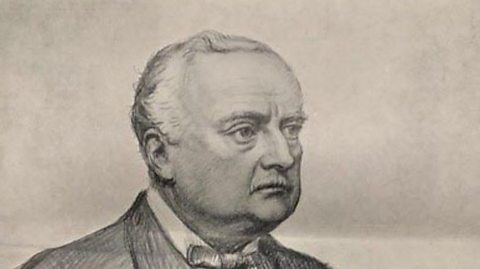The United Irishmen
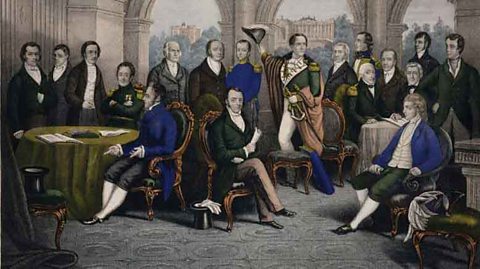
The United Irishmen wanted to see democratic change in Ireland believing this could heal the religious divisions that had harmed the country.
They promised to unite Catholic, Protestant (Anglican) and Dissenter (the name given to Presbyterians who were viewed as dissenting from (disagreeing with) the Anglican Church).
The Northern Star newspaper was closely aligned with The United Irishmen and its editor Samuel Neilsen was a prominent member of the society.
Penal Laws
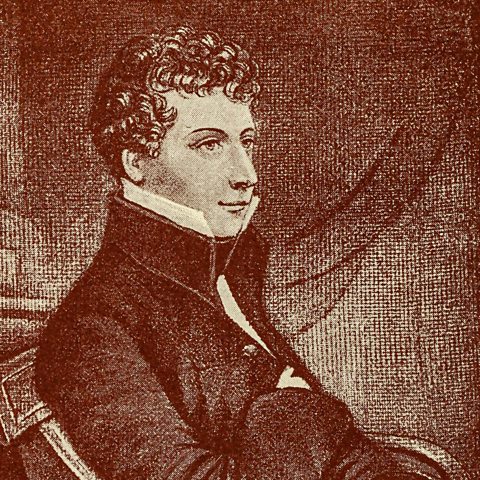
The Catholics of Ireland had been living under severe restrictions called the Penal Laws for most of the 18th Century.
By the time of the French Revolution many of these laws had been removed, but Catholics were still unable to vote.
Wolfe Tone and others campaigned for this to change and in 1793 Catholic men were granted the vote by the Irish Parliament.
This victory represented the spirit of the United Irishmen. Wolfe Tone, an educated Protestant, inspired by the revolution, winning rights for the Catholics of Ireland.

The United Irishmen's first rebellion
By the mid-1790s the United Irishmen had become frustrated as the campaign for democratic rights had been met with fierce resistance.
Britain had gone to war with revolutionary France in 1793 and wanted to stamp out any sympathy with this type of democracy.
French spies had been in contact with the United Irishmen and the Society was subsequently banned by the British.
It was forced to meet secretly in secret places such as Ben Madigan (now better known as Cave Hill).
Its members decided that if they couldn’t campaign openly, then perhaps rebellion was the only option.
Key points about the first United Irish rebellion
- The United Irishmen were now convinced that Ireland’s connection with England needed to be broken if they hoped to achieve democratic change.
- Wolfe Tone travelled to Paris to meet the French leaders and ask for their help. They agreed to send a large fleet to Ireland.
- This French invasion would be the signal for the United Irishmen to start a rebellion.
- The French fleet was due to arrive in Bantry Bay (County Cork) in December 1797.
- At the time Ireland was not well defended and an invasion would cause great problems for Britain.
- As the fleet approached the coast there was a huge storm and the French fleet got separated with some ships sinking.
- A decision was taken to return to France.
- The plan and therefore the rebellion was a total failure.
How did the British government react to the first rebellion?
Reaction
An angry British government decided that it needed to take action against the United Irishmen. General Gerard Lake, a senior Army officer, was put in charge of disarming Ulster. To help him achieve his task Lake raised thousands of local troops, known as militias.
Lake was ruthless. His troops had wide powers to arrest and punish suspects. The Monaghan Militia even destroyed the printing presses of the Northern Star. Whole areas were put under military rule and the death penalty was introduced for ‘swearing people in’ to illegal organisations such as the United Irishmen.
The government increased its use of spies. At the end of May 1798 the British discovered a plot similar to the earlier French invasion plan and the leaders of the United Irishmen were arrested.
Ireland was now well defended and the poorly armed United Irishmen were disorganised. Despite these huge disadvantages, the 1798 rebellion went ahead.
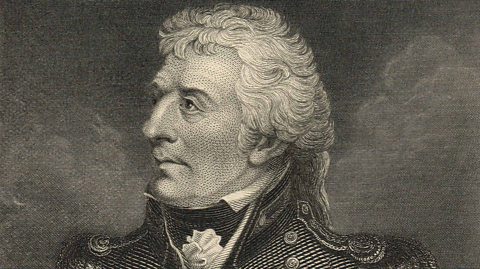
The 1798 Rebellion
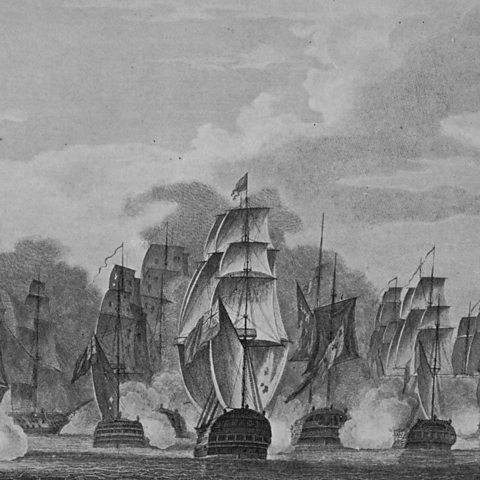
The main battles of the 1798 Rebellion took place in Ulster and in County Wexford. Henry Joy McCracken led a contingent of 4000 mainly Presbyterian United Irishmen at Antrim and in County Down at Saintfield and Ballynahinch there was a battle involving 7000 rebels led by Henry Munro.
These battles lasted for several days but in the end the rebels were outnumbered and defeated. Both leaders were executed.
In Wexford the rebels led by Father John Murphy defeated the North Cork Militia and captured Enniscorthy and Wexford town. However some 300 Protestants were also killed by the rebels.
The sectarian nature of these killings went against the ideals of the United Irishmen and would greatly damage how some Protestants would view the rebellion.
The French did arrive in Killala Bay in County Mayo but in much smaller numbers than their previous attempt. By that stage the rebellion was almost over.
The French leader, General Jean Humbert, managed to win a victory at Castlebar and pressed on to Longford but would soon run out of supplies and support.
Another French fleet with Wolfe Tone on board was captured and brought to Lough Swilly.
The rebellion was over.

A closer relationship

The rebellion had been a failure.
The wider public did not rally to the United Irish cause. Many original supporters in Ulster, such as William Drennan, had been shocked by events in Wexford which seemed a betrayal of the ideals of the United Irishmen.
The leaders were executed with Wolfe Tone committing suicide before his sentence could be carried out.
Britain also acted decisively.
The Prime Minister William Pitt (the Younger) decided that the Irish Parliament should be abolished and that Ireland could be better controlled if it was politically unified with the rest of Britain.
As a result, an Act of Union was passed in 1800.

Quiz: How much do you know?
More on Religious conflict in Ireland
Find out more by working through a topic
- count2 of 6
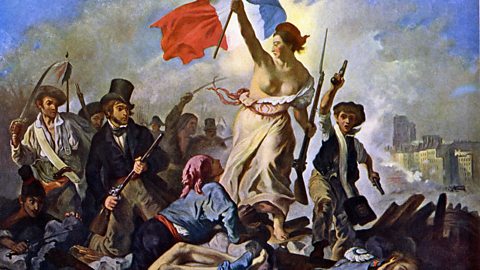
- count3 of 6
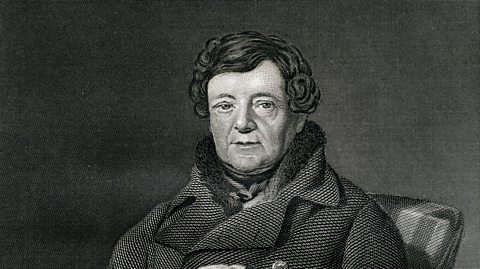
- count4 of 6
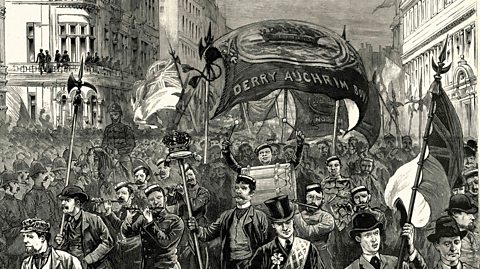
- count5 of 6
